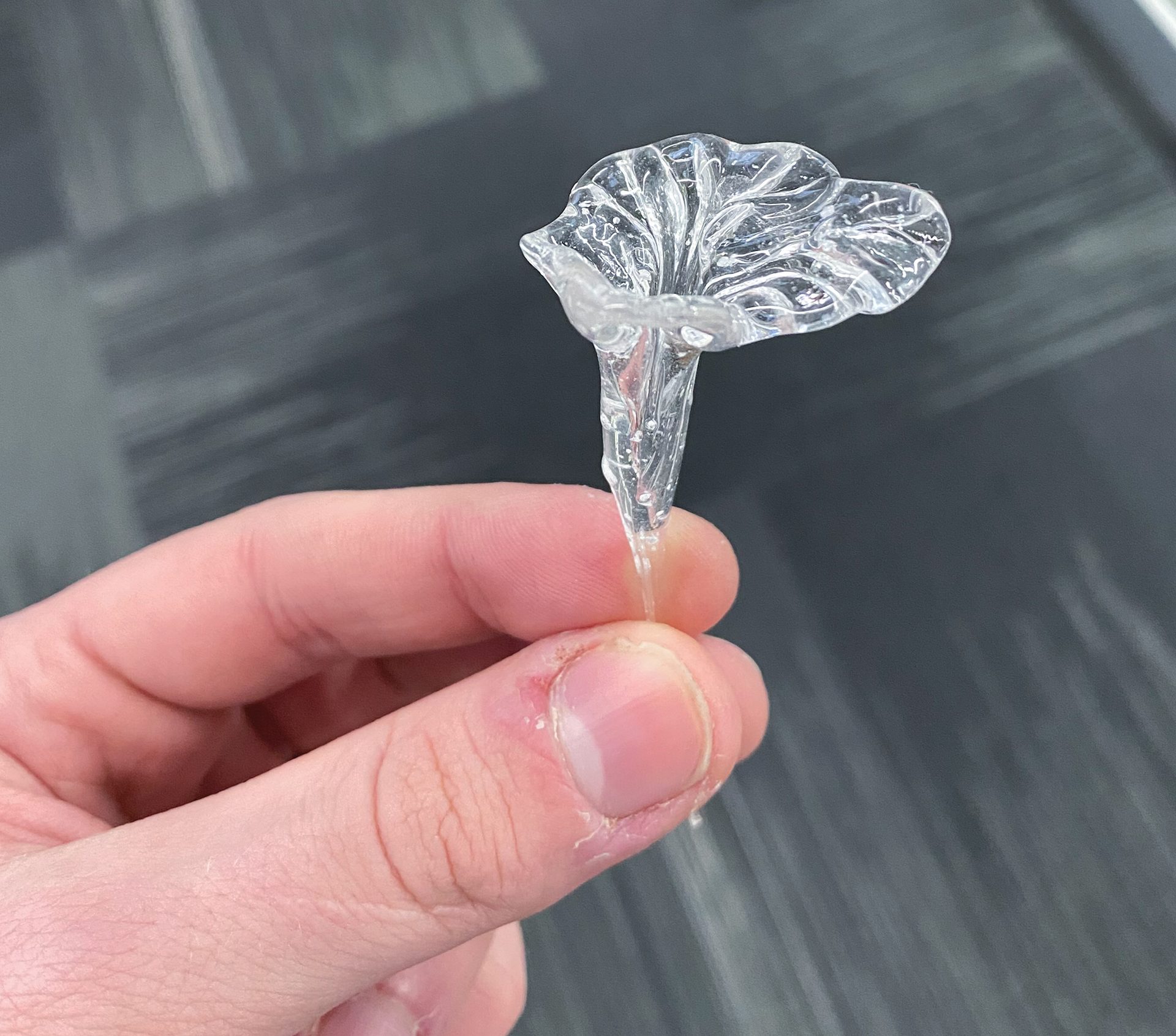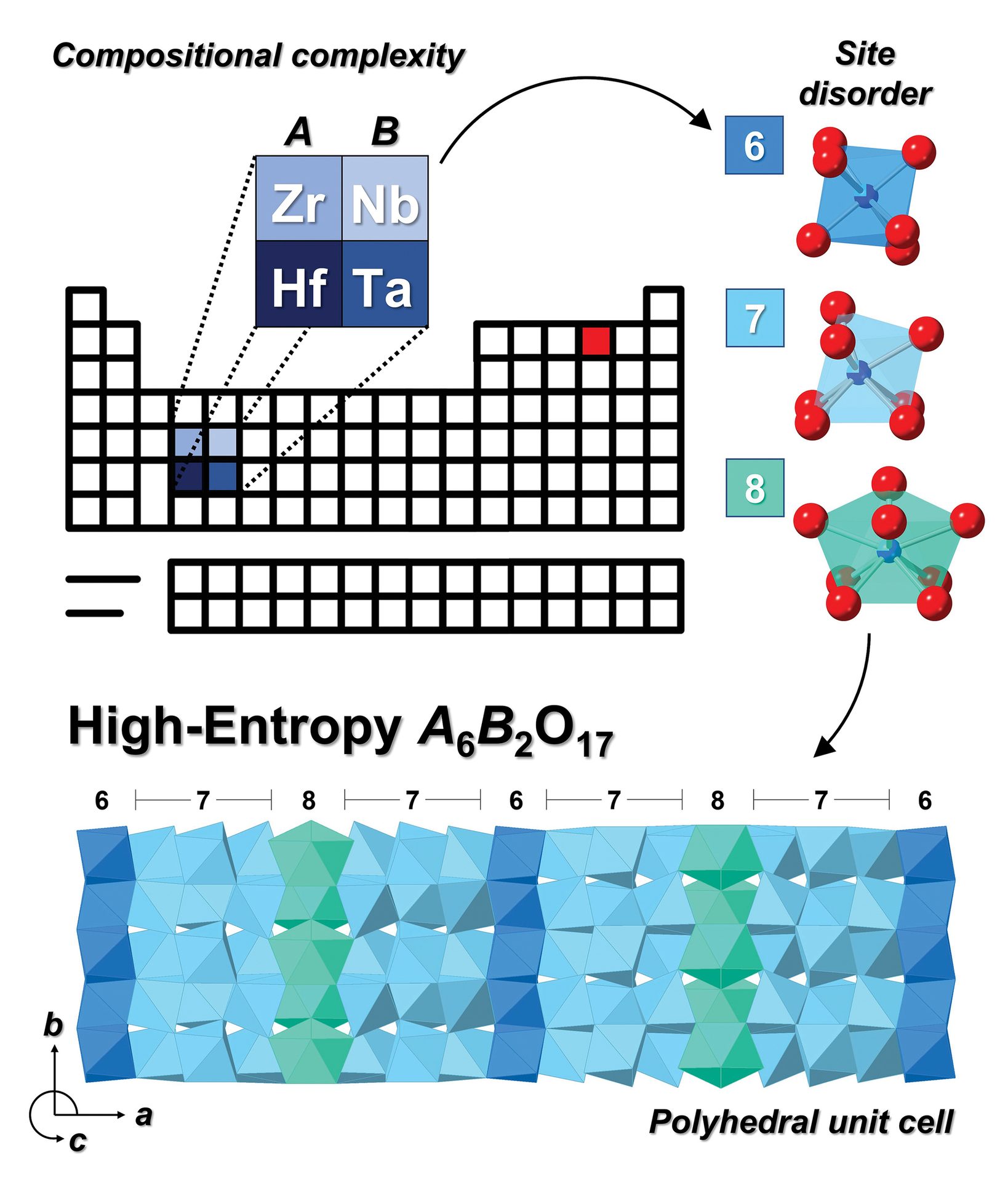deciphering the discipline
A regular column offering the student perspective of the next generation of ceramic and glass scientists, organized by the ACerS President’s Council of Student Advisors.

Julia Chen
Guest columnist
A carbon-neutral future with Penn State’s pride, LionGlass
A quick glance into the average person’s life would demonstrate the ubiquitous presence of glass. From electronic device screens to windows in cars and buildings, there is no escaping the beautiful yet somewhat mysterious material we know as glass.
However, glass production worldwide is the cause of about 86 million metric tons of carbon dioxide emissions every year.1 This excess atmospheric CO2 is a major driver of climate change, leading to droughts, melting ice caps, rising sea levels, and harm to local ecosystems due to volatile climates.2
The most common glass composition used is soda-lime silicate glass, batched mainly from sodium carbonate (soda ash), calcium carbonate (limestone), and quartz sand (hence the name soda-lime). The main sources of carbon emissions from soda-lime glass production are 1) the high temperatures required to melt the raw materials (1,400–1,500°C) and 2) the carbon dioxide emissions from the carbonates as they decompose into oxides.
John Mauro’s group at The Pennsylvania State University recently developed a new glass family that could one day replace soda-lime silicate glasses with fewer emissions: LionGlass™.
LionGlass is the trade name for Penn State’s patent-pending zinc aluminosilicophosphates (ZASP) family of glasses. LionGlass has a melting temperature of around 1,100°C, so manufacturing LionGlass requires about 30% less energy to power the furnace, which results in fewer furnace-based carbon emissions. Plus, these glasses completely remove the need for carbonate batch materials, so the overall reduction in carbon emissions is 50–60%.
Since LionGlass was first reported in the “Deciphering” column of the May 2023 Bulletin,3 various characteristics of LionGlass, including crack resistance and chemical durability, have been tested and compared to soda-lime silicate glass. The results from these tests allowed Mauro’s group to optimize many iterations of the composition for different applications.
In the original composition, nicknamed LG1, the Vickers hardness instrument only went up to 1 kgf, and the 50% initiation threshold—i.e., the force at which a sample will crack at the corners of an indent 50% of the time—had not been reached. This result indicates that LG1 had a crack resistance greater than soda-lime glass (0.12 kgf) by at least 10 times. The increased crack resistance means LionGlass can easily go through light weighting, i.e., make strong glass products that pass performance criteria with less mass.
Further research led to the development of the composition KLG1, which has a chemical durability on par with that of soda-lime silicate glass. A modified KLG1 composition, nicknamed KLG2, is being created through lowering the liquidus temperature below 950°C. Additionally, through attenuated total reflectance-Fourier transform infrared spectroscopy, we are hoping to understand how modifier ions are being leached, either through ion exchange or diffusion of water molecules.
Other avenues outside of traditional industrial glass applications are also being explored for LionGlass. For example, Penn State’s Glass Studio is attempting glass blowing with LionGlass. The new iterations of LionGlass are more durable and resistant to devitrification, i.e., where the surface of the glass crystallizes, so LionGlass can be continuously reheated for glass art. Previous trials of creating simple designs, such as flowers (Figure 1), were successful, so LionGlass could one day be incorporated into the artistic world as well as the industrial!
Global warming is a constant looming threat to humanity’s survival, and manufacturing processes must be changed to save the environment. LionGlass could one day replace all soda-lime glasses in circulation and innovate the commodity glass industry for a carbon-neutral future.
About the author
Julianne Chen is an undergraduate student at The Pennsylvania State University, studying materials science and engineering. After graduating in spring 2025, she plans to pursue a Ph.D. in solid-state batteries and semiconductors. In her free time, Julianne enjoys playing guitar and perfecting pastry recipes as a professional pastry chef.

Figure 1. Glass blown flower created from LionGlass™ by Nicholas Clark, the post-graduate scholar leading research efforts on LionGlass.
Credit: Nicholas Clark

Figure 1. Glass blown flower created from LionGlass™ by Nicholas Clark, the post-graduate scholar leading research efforts on LionGlass.
Credit: Nicholas Clark
Mx.
About the author:
Mx

Figure 1. The compositional complexity, structure, and site disorder of A6B2O17 disordered oxides make these materials attractive as potential high-entropy electroceramics. Adapted from Reference 4.
Credit: Spurling et al., J. Mater. Sci.
Pxx.
Credit: xx
About the author:
Niusha Heshmati is a third-year Ph.D. candidate in materials and nanochemistry at the University of Cologne, Germany. Her research revolves around the synthesis, characterization, and performance enhancement of lead halide perovskite materials for solar cell applications. She has a profound appreciation for various forms of art, and she plays the violin as a hobby.
